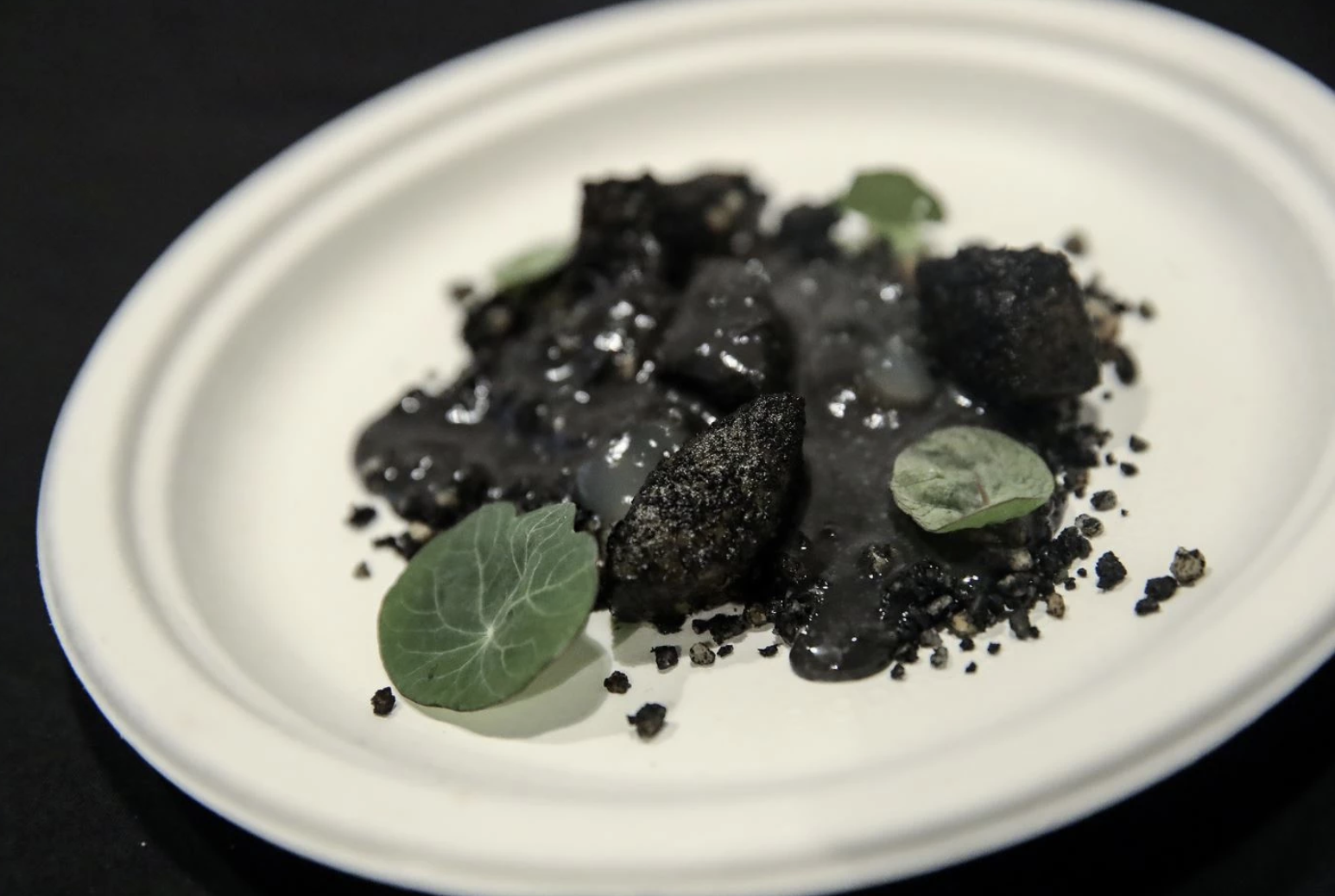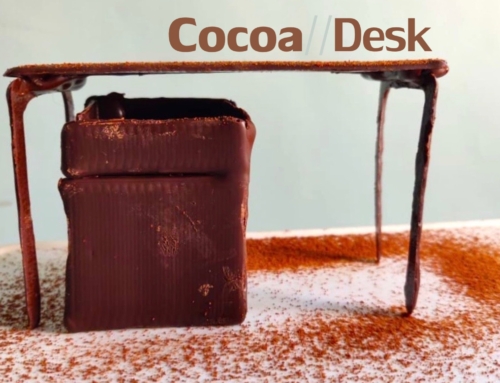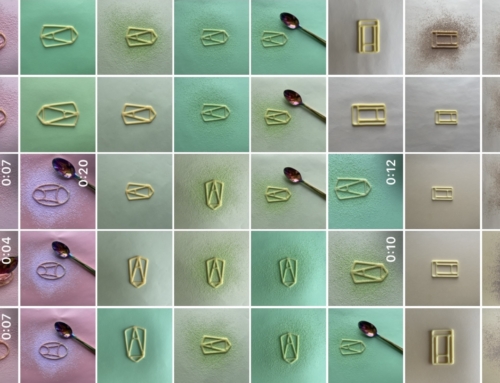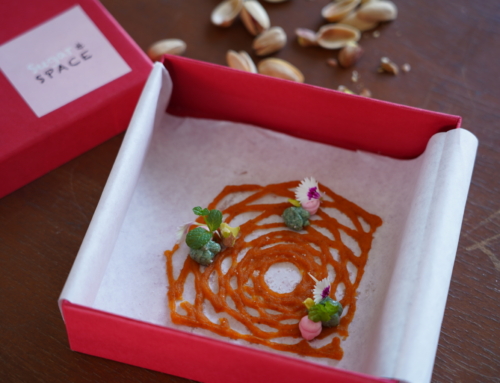As Sugar & SPACE turns two, we’re celebrating our first ever eating experience – EAT Mondrian as we prepare to launch #EATMondrianAtHome – The Complete Host-It-Yourself Experience Guide. Our first post in the limited series covers the intriguing world of black food.
“The truly modern artist is aware of abstraction in an emotion of beauty.”
— Piet Mondrian
If you think about nutritious food and the way it should look, are there any blacks coming to your mind? Are you able to name some foods that are black in their appearance? Black is the new white when it comes to food, having gained increasing popularity in the past few years. On the one hand they thank their popularity to the trend of eating more wholesome food. It makes us reach out to darker, less processed foods than before. On the other hand, black food is just very aesthetically intriguing and highly instagrammable, don’t you think? Let us introduce you to the varied, nutritious black range of our food culture.
Sorts of black foods
Let’s start off our black food enumeration with a widely loved edible product that is dark in its appearance: chocolate. Although the darkest chocolate is not the sweetest, it is the most nutritious of the chocolate-range as it is high in antioxidants and flavanols. Next to chocolate, we want to name coffee as one of the most consumed black substances out there. There are not many people who can start off the day, without a cup of black ‘wake-me-up’ liquid. Another black drink is black tea and nowadays there is even black lemonade.
A lot of these foods that are currently popular, however, are actually not naturally black. They are made black by adding ingredients such as activated charcoal. Therefore, we are now able to eat black pasta, black bread, black rice and sushi rolls. Similarly in the sweeter range: black velvet cake, black pancakes, and of course, Oreo cookies. There are still some naturally black foods that we haven’t named so far. Consider black olives, black beans, black mushrooms and black raspberries. Some spices and herbs are also black, such as black pepper and liquorice; and if you would like to give your food some extra flavour by adding a dressing, balsamic vinegar is your go-to.

Why is black food black
The pigments that cause food to appear as black, are actually the same elements as the ones we discussed in our articles on red and blue food: anthocyanins. The darker your food appears, the more anthocyanins it holds. This means that black food contains an abundant amount of these phytochemicals.
To give food a dusky colour, if you want to make inky pasta for example, you can infuse it with squid ink. Charcoal and ash are two other ingredients that are commonly used to give food a black appearance. Do you feel excited yet to jump on the black food trend and to incorporate these into your diet? We are!
P.S. – If you can’t get enough, there is even this black food festival that is organised annually.
Written by Elise Coudré and edited by Jashan Sippy.
Experience BLACK at EAT Mondrian near you or host-it-yourself with our signature Experience Guides.








Leave A Comment